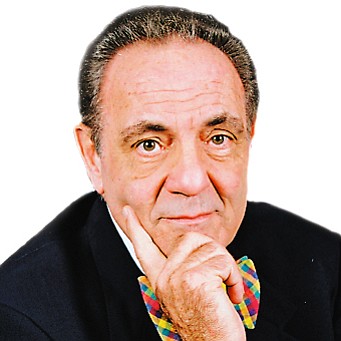Dear Mr. Berko: What do you think of Jim Cramer’s two books called “Real Money” and “Get Rich Carefully,” which explain how ordinary investors can make lots of money in the stock market. Also, what do you think about investing $21,000 in Fidelity Advisor Health Care Fund Class A, which sells for about $40 a share?
— KD, Rochester, Minn.
Dear KD: Books claiming to teach folks how to make money in the stock market are for fools. And there are certainly a lot of fools, because these books sell like hotcakes, making piles of dough for authors and publishers. Most stock market books are ghostwritten. They brag about the successes of their ersatz authors, but truth be told, their claims would melt under a simple audit. You can buy books on how to install toilets or how to embalm a corpse. Those are just mechanical skills that average adults can replicate with modest degrees of success.
There are innumerous books on baseball, soccer, boxing and tennis that explain everything you want to know about those games. However, not one of those books can tell you how to become a good boxer, a skilled shortstop or a top tennis player. Those skills are part of your genetic code; either you have the gift or you don’t — and 99 percent of us don’t. And so it is with books on how to make money in the stock market.
Fidelity Advisor Health Care Fund Class A (FACDX-$43.36), with a $2 billion portfolio, invests in companies engaged in the design, manufacturing and sale of products and services used in the health care industry. FACDX has superb one-, three-, five- and 10-year performance records, and an equally impressive 13.4 percent annual performance since its inception in 1997. Making big bucks in the health care industry is as easy as falling off a piece of cake, because the operating culture at Medicare and Medicaid is perversely polluted. These programs are managed by political (often crooked) appointees and staffed by low-skilled, overpaid government employees, few of whom have incentive to excel in their jobs. Making huge bucks in the insurance side of this industry is easy, too, because the private, for-profit insurance companies are stingy in their reimbursements. Anthem, UnitedHealth Group, et al, are required to make as much money as possible for their stockholders. And if revenues, incomes and dividends of one of these insurers fail to meet expectations, the CEO may lose his job. This is a Catch-44, which is twice as bad as a Catch-22.



